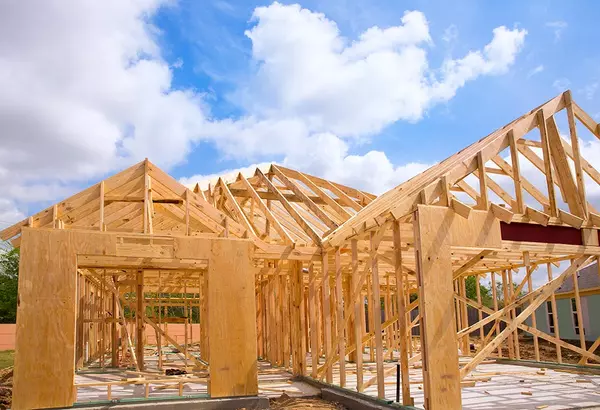Why Today’s Foreclosure Numbers Won’t Trigger a Market Crash

With rising costs impacting nearly every aspect of life, it’s understandable that many people are concerned about the potential impact on the housing market. As prices climb and budgets get tighter, there’s a natural worry about whether more homeowners might struggle to keep up with their mortgage payments, leading to a spike in foreclosures.
But despite these concerns, the data tells a different story. Let’s take a closer look at what’s happening in today’s housing market – and why a foreclosure-driven crash is unlikely.
Today’s Market vs. 2008: What’s Changed?
First, it’s important to put today’s foreclosure numbers into perspective. Using data from ATTOM, a leading property analytics provider, we can see that the number of new foreclosures is much lower now than it was in the wake of the 2008 crash. Back then, foreclosure rates surged, leaving many homeowners in difficult situations. Today, however, the data shows a significant decline in foreclosures, with numbers even dropping in recent reports. This difference is clear, illustrating a more resilient housing market today. (See graph below:)

Some may wonder why foreclosures have ticked up slightly compared to 2020 and 2021. The reason is simple: during those years, a foreclosure moratorium was in place, providing support to homeowners during challenging times. While we’re now seeing a small increase compared to those uniquely low years, foreclosure rates remain far below the levels seen during the housing crisis.
Why Foreclosures Are Lower, Even as Costs Rise
With the cost of living increasing, you might wonder why foreclosure rates remain manageable. A key factor is homeowner equity. Homeowners today have much more equity built up in their homes than they did during the 2008 downturn. As Bankrate points out:
“In the years after the housing crash, millions of foreclosures flooded the housing market, depressing prices. That’s not the case now. Most homeowners have a comfortable equity cushion in their homes.”
This equity acts as a buffer, helping homeowners avoid foreclosure if they face financial difficulties. Unlike in 2008, when many people owed more than their homes were worth, today’s homeowners have the option to sell their property if necessary, often at a profit, allowing them to avoid foreclosure altogether.
What to Expect in the Housing Market
While rising costs across the board certainly pose challenges, they don’t necessarily point to a foreclosure surge. The equity cushion many homeowners have built up over time is playing a crucial role in keeping foreclosure numbers low. Homeowners today have more resources and options, which strengthens the market against the risk of widespread foreclosures.
Bottom Line
While rising expenses in daily life may feel concerning, they’re not an indication that the housing market is on the verge of a foreclosure crisis. The data shows that foreclosure numbers remain low, and today’s homeowners are in a much stronger position financially than those impacted by the 2008 crash. Thanks to significant home equity, the market remains stable and resilient against a foreclosure wave.
Categories
Recent Posts










